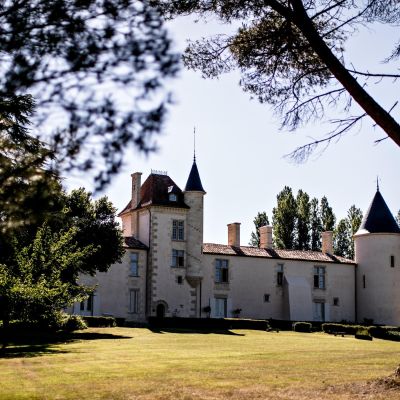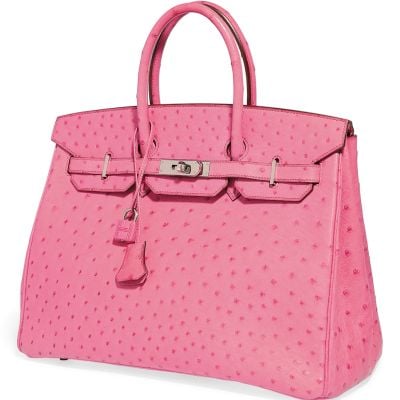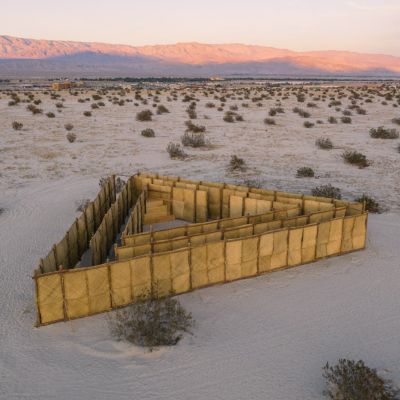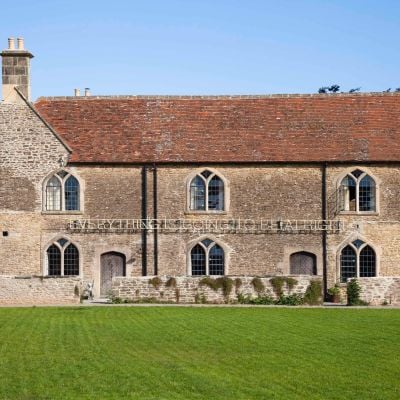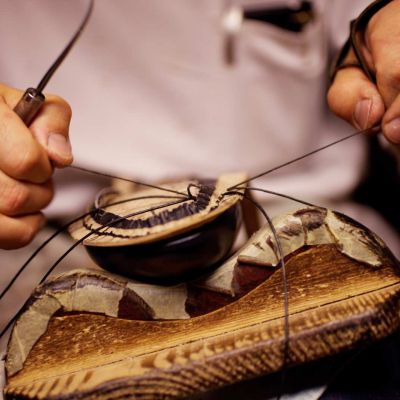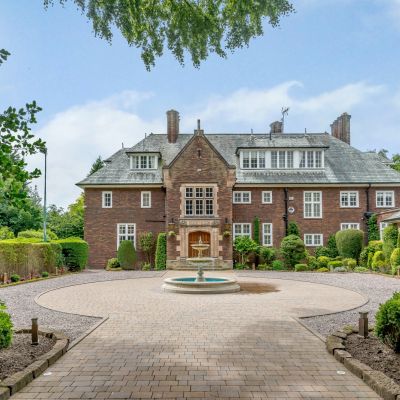The Great Outdoors
An outdoor art programme in rural Sweden continues to challenge its audience.
![]()
Art takes centre stage at Wanås. Imagine walking towards Jenny Holzer’s Wanås Wall, Yoko Ono’s Wish Trees for Wanås, Robert Wilson’s House for Erwin Derby or Chiharu Shiota’s Everywhere house. Set in the heart of rural Sweden, art opens to new dimensions.
The family-run medieval castle and organic farm would not be the same without its acclaimed outdoor art programme, one that “challenges and transforms our view of society”, according to founder Marika Wachtmeister in 1987. “We only commission site-specific installations: they don’t have to be permanent; we are open to all kinds of creativity,” says head co-curator Elisabeth Millqvist.
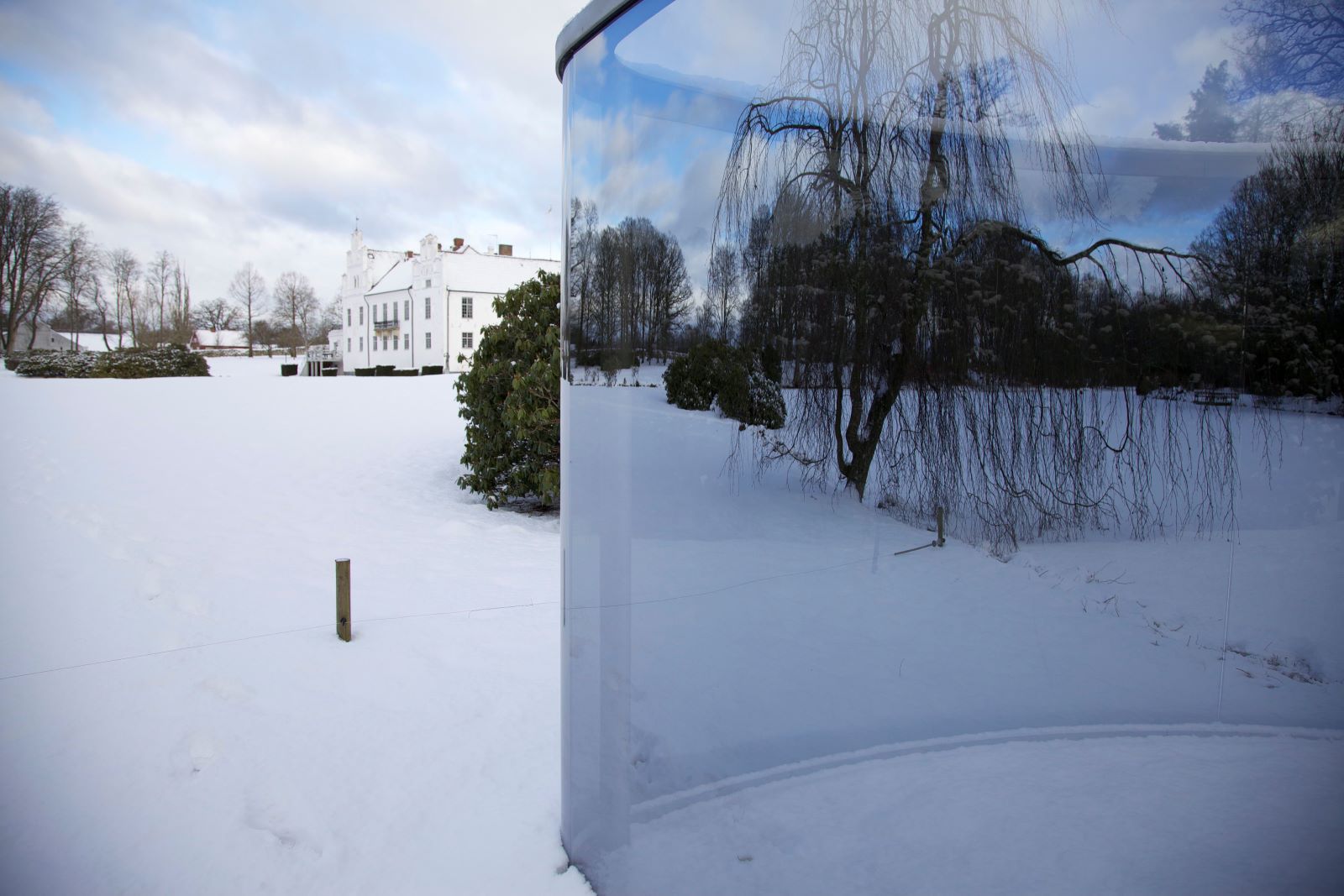
“At Wanås, we care less about the fame of an artist than their commitment to the practice. We embrace new knowledge, younger talents, and play an active role in placing the work in ‘conversation’ with the surrounding nature. The site and vistas make the whole difference,” she adds.
Today, the sculpture park and permanent collection consists of around 70 site-specific artworks in the landscape created especially by artists such as Tadashi Kawamata and Antony Gormley. And Wanås Konst goes further: in addition to the permanent collection, comprehensive temporary exhibitions are displayed both indoors and out, with accompanying programmes, including tours, artist talks, and workshops for a broad audience.
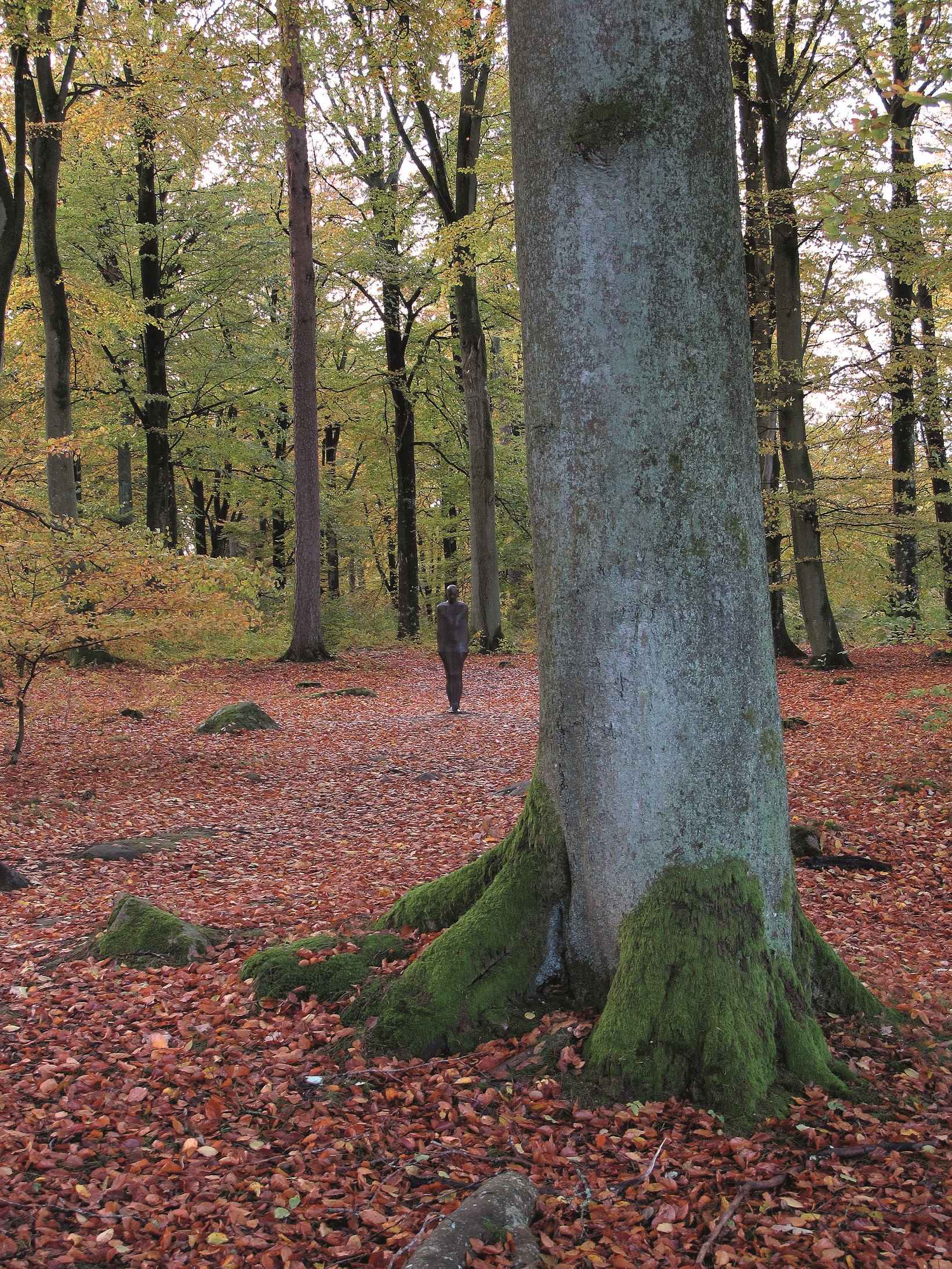
Millqvist says: “When I started in 2011, I was handed a great heritage: one that represented many extraordinary North American artists. Yet, the artistic language isn’t limiting at Wanås: I decided to stay connected to the Nordic art scene and look towards Europe. We also redefined sculpture along the way: it became less static, visitors could interact with it, climb on its surfaces. We worked with choreographers to give the art a real presence; we also looked at conceptual art that invites the viewer to be part of it.”
If ‘sculpture park’ is the simplest term to describe the art at Wanås, it is also partially misleading. The grounds contain art on a monumental scale but also inflatable pieces: objects that could be regarded as paintings or installations that border on architecture or disintegrate. Wanås also contains Chiharu Shiota’s first outdoor sculpture, plus a surprising architectural installation inside an old grain barn: the work of the Japanese seamstress takes on new dimensions and meanings. “Since we offer the artists carte blanche, they become quite brave,” says Millqvist.
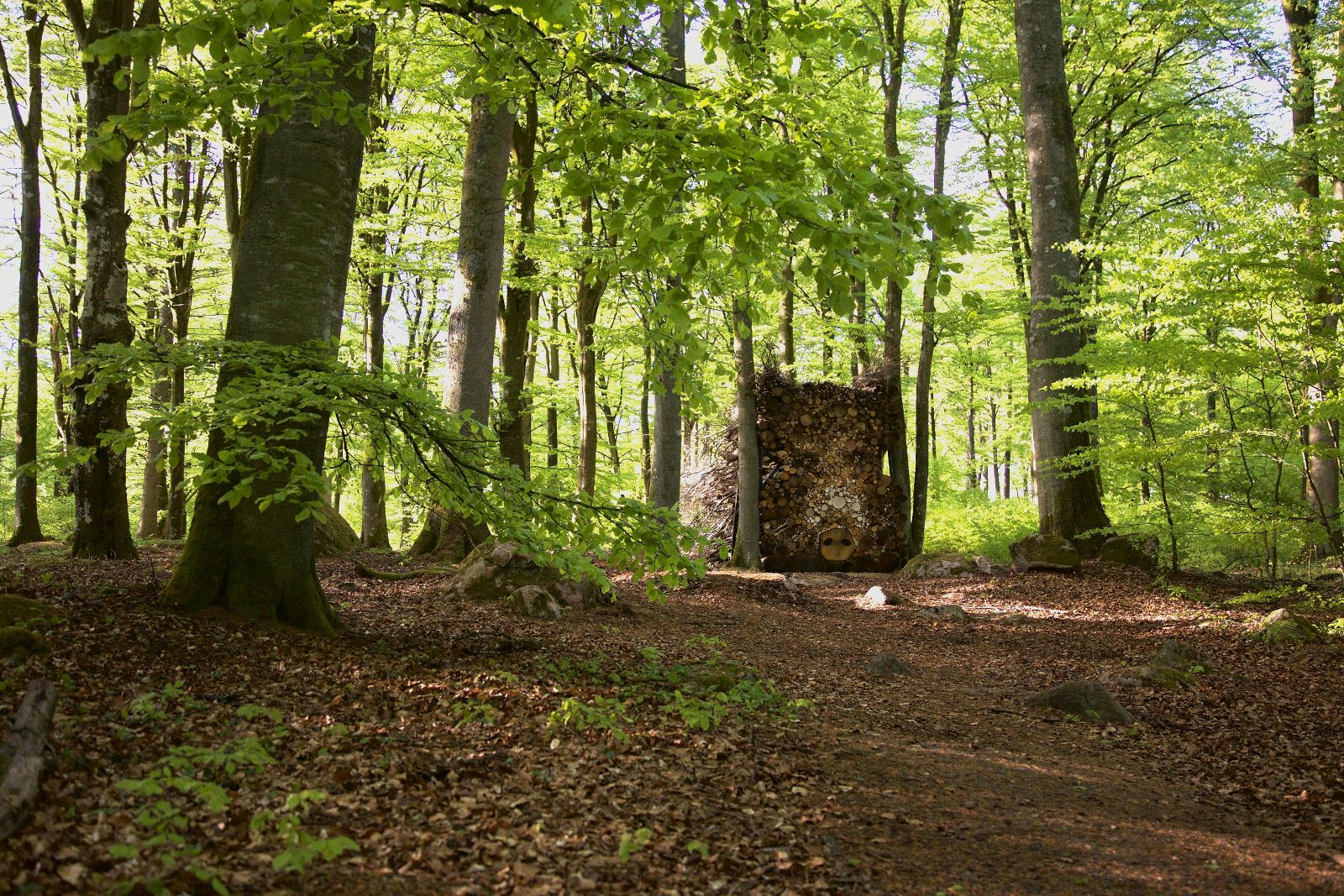
Jenny Holzer’s exceptional Wanås Wall (2002) came about through the artist’s fascination with historic dry-stone walls marking the perimeter of the park. She had stonemasons from the area sandblast four series of text into select stones. Altogether, 260 lines of text appear at regular intervals in the 1.8km-long wall: with sentences such as ‘the future is stupid’; ‘money creates taste’; ‘even your family can betray you’; and ‘protect me from what I want’.
Millqvist says: “In the end, we try to go beyond the disciplines. We stretch to include different ways of working. More importantly, we move away from the expected object and help artists to thrive. Once a work is installed, visitors play their own part: they bring new knowledge, emotions and perspective to the landscape and the artwork.”
This article originally appeared in Billionaire's Legacy Issue, March 2020. To subscribe contact

